Amplifying Innovation: The QS approach to technology development
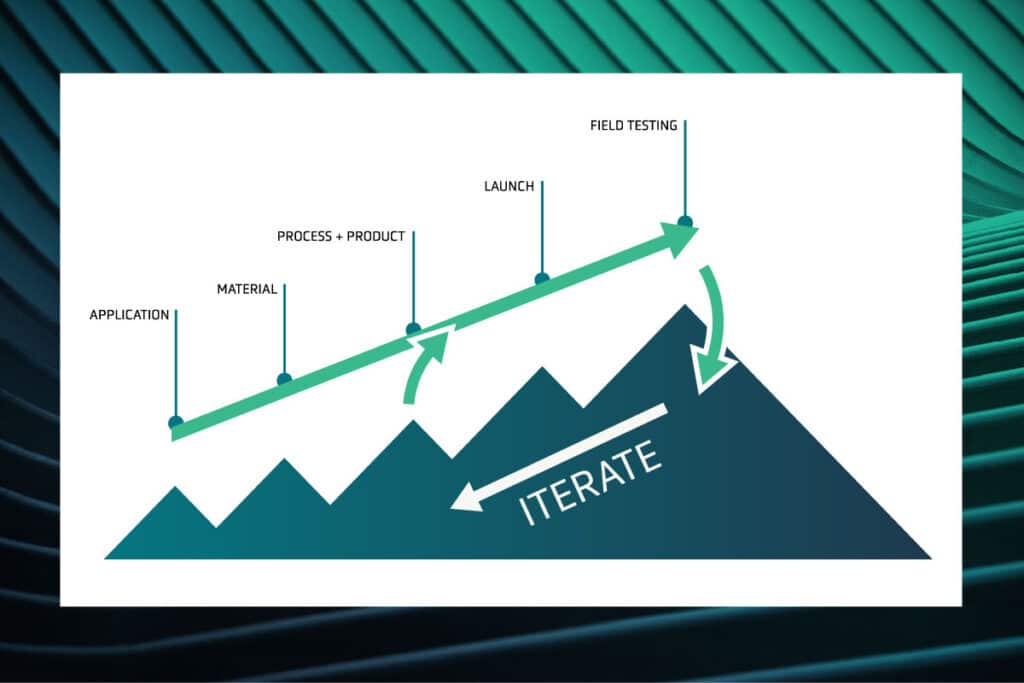
Bringing a new technology to market can seem mysterious from the outside. Headlines tout “breakthroughs” that never materialize, leaving people skeptical. And yet, technology does advance steadily forward – faster computers, cheaper renewables, and better EVs arrive every year. So what separates hype from true innovation?
Our Strategic Blueprint
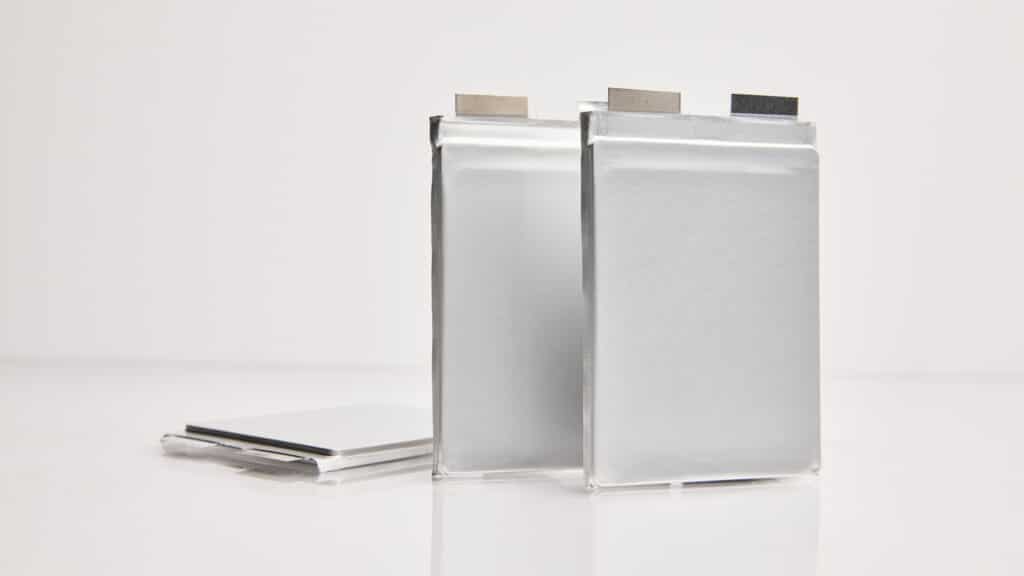
I took on the CEO role last year because I see QuantumScape as the global leader in solid state battery technologies with an ability to revolutionize energy storage and create tremendous shareholder value in the process.
A First Look at the QSE-5 B Sample
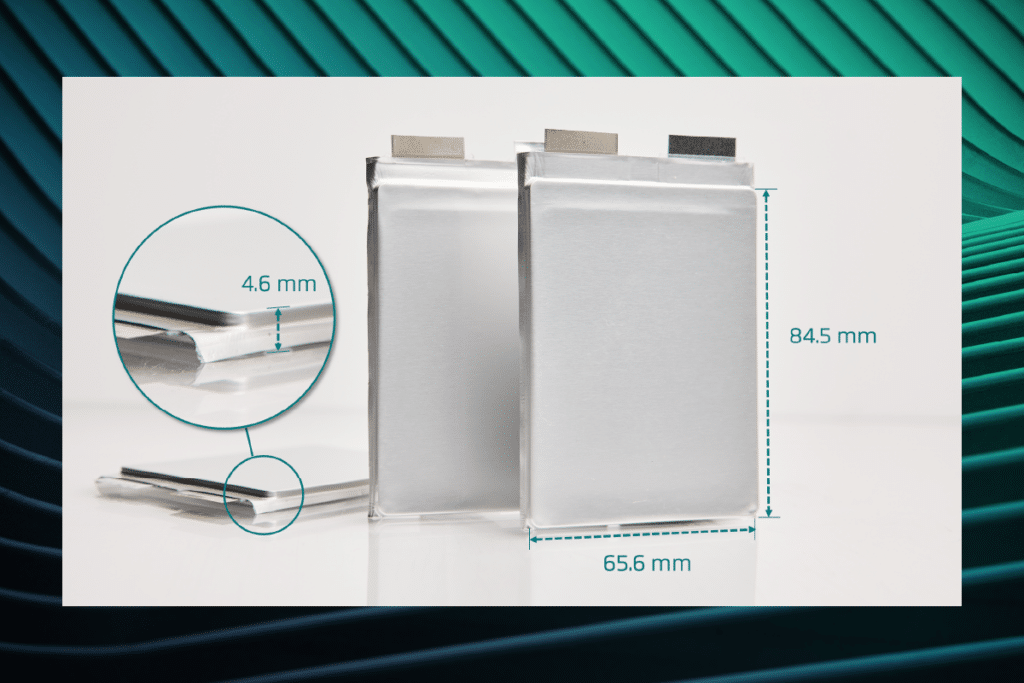
QuantumScape’s planned first commercial product, QSE-5, is a ~5 amp-hour cell designed to meet the requirements of automotive applications. Here, we’ll walk through the various elements of the cell specifications and explain some of the complexities behind the seemingly simple metric of energy density.
Understanding Battery Safety

As lithium-ion batteries have become ubiquitous, their safety risks have increasingly been a focus of public concern.
Interpreting QuantumScape’s Safety Test Results
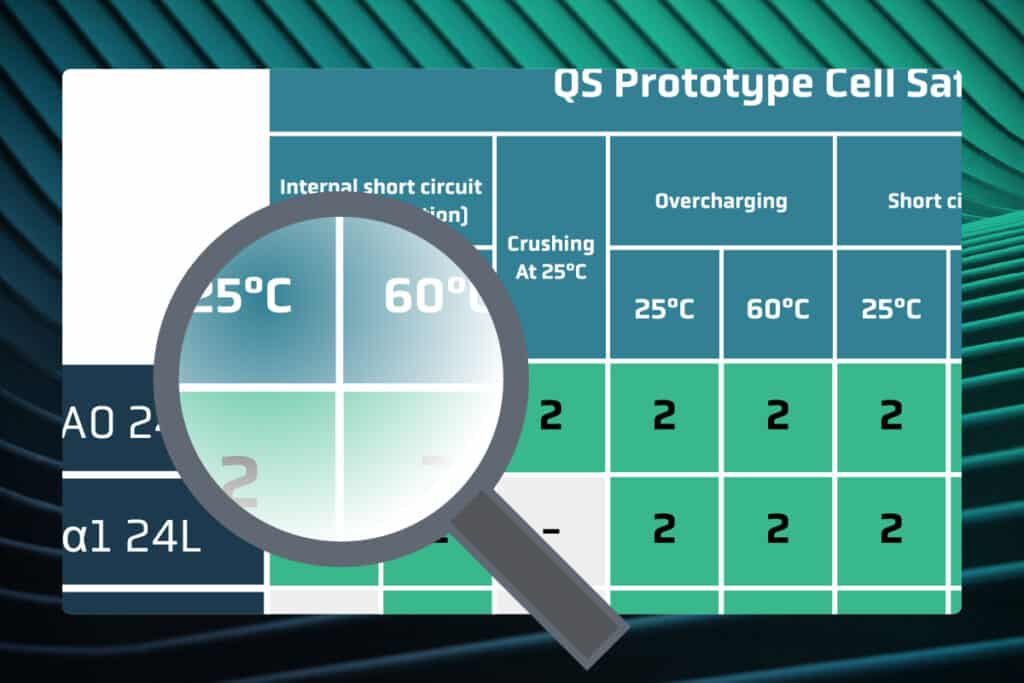
. In this blog article, we’ll look at battery safety testing and do a deep dive into a couple of key test results from energy-dense 24-layer QuantumScape prototype cells based on our Alpha-2 design.
EV Battery Cell Formats for Lithium Metal

You can find lithium-ion batteries in everything from electric vehicles to mobile phones. But, different applications have different requirements when it comes to the characteristics of the battery format, and EVs are a particularly challenging use case.
Introducing FlexFrame
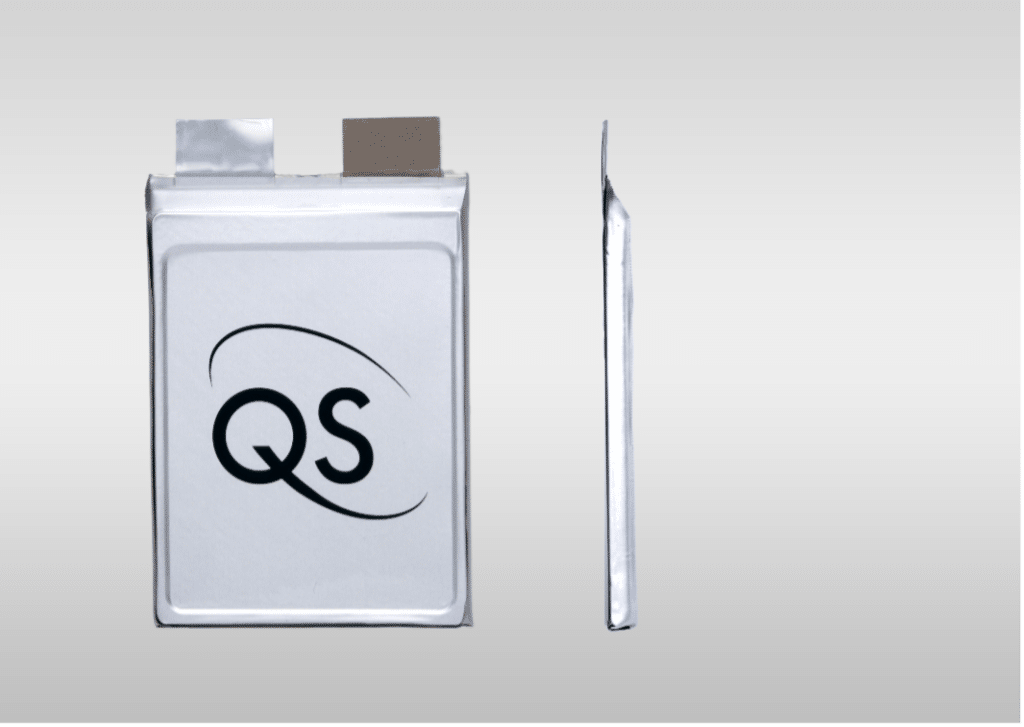
QuantumScape’s solid-state lithium-metal battery technology is designed to deliver disruptive improvements to electric vehicle performance.
Energy density: Inactive materials and packaging efficiency
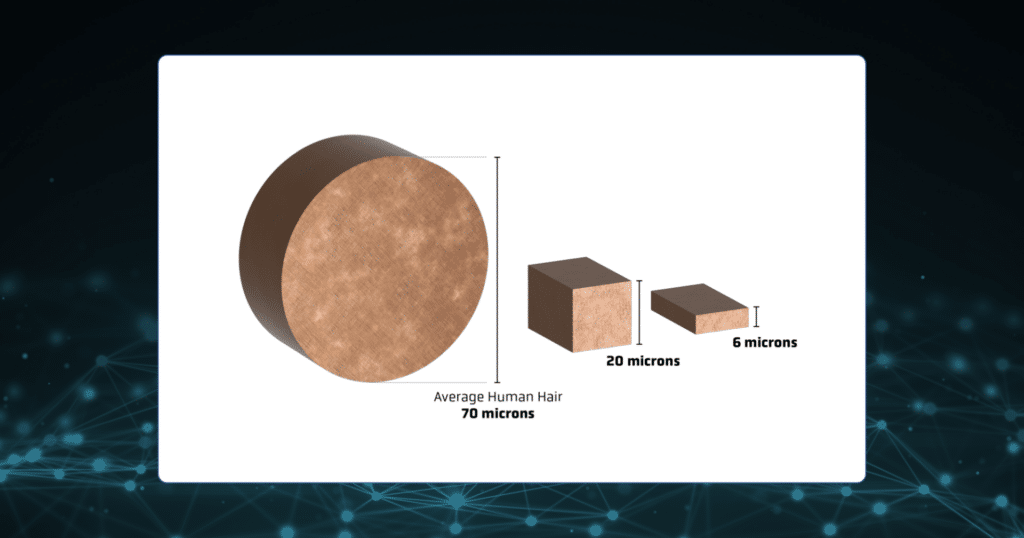
There are many factors to consider when evaluating a battery’s energy density — but it’s not as straightforward as it may seem.
Energy density: The basics
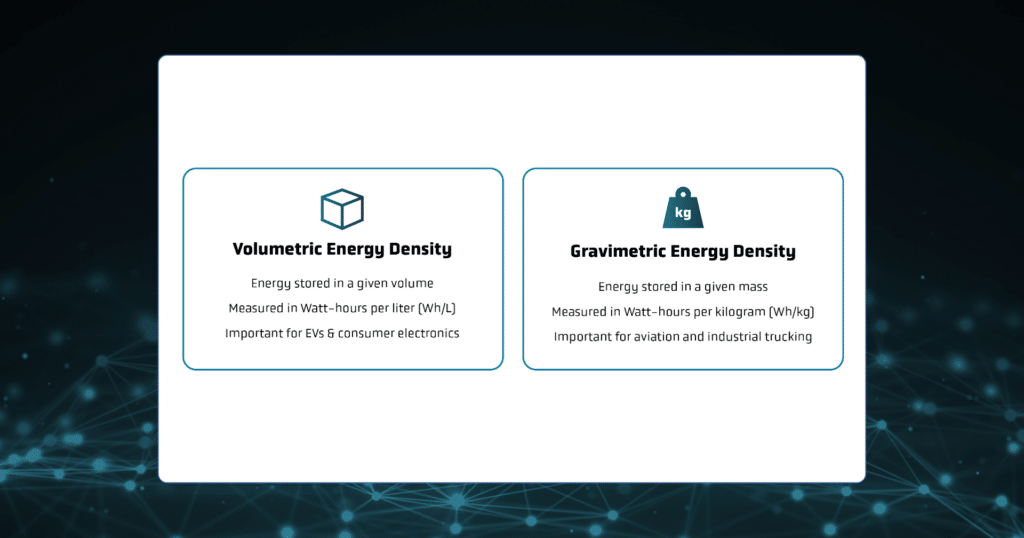
There are many factors to consider when evaluating a battery’s energy density — but it’s not as straightforward as it may seem.
Energy density: Active materials & electrode loading
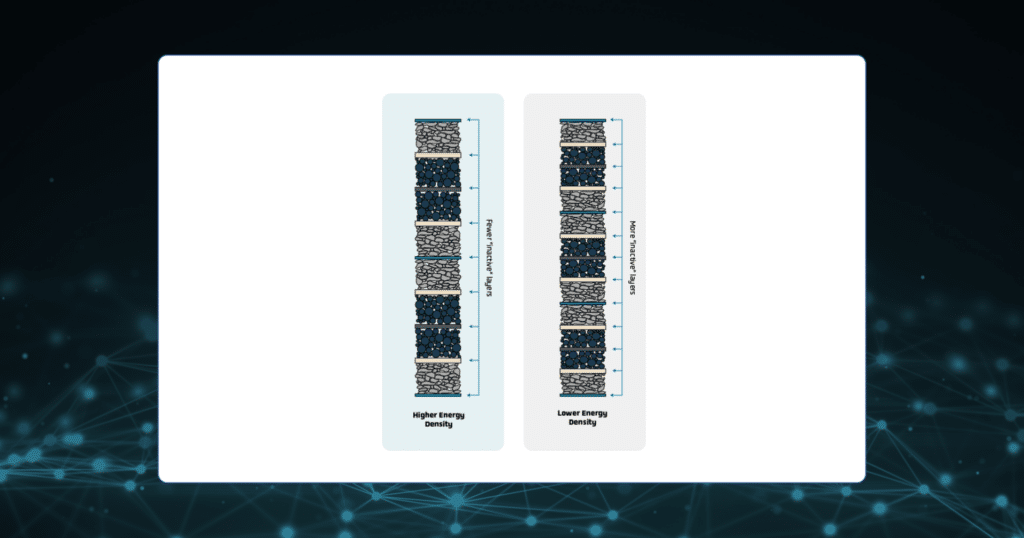
Using better active materials and optimizing the use of inactive materials are primary ways to improve energy density.
